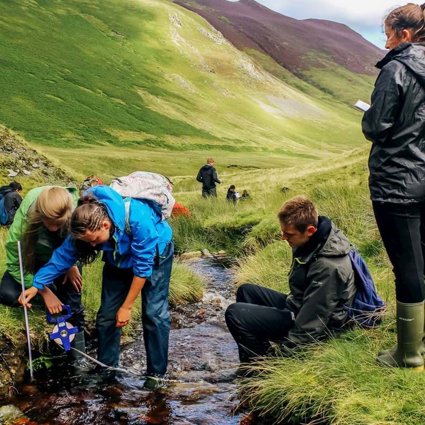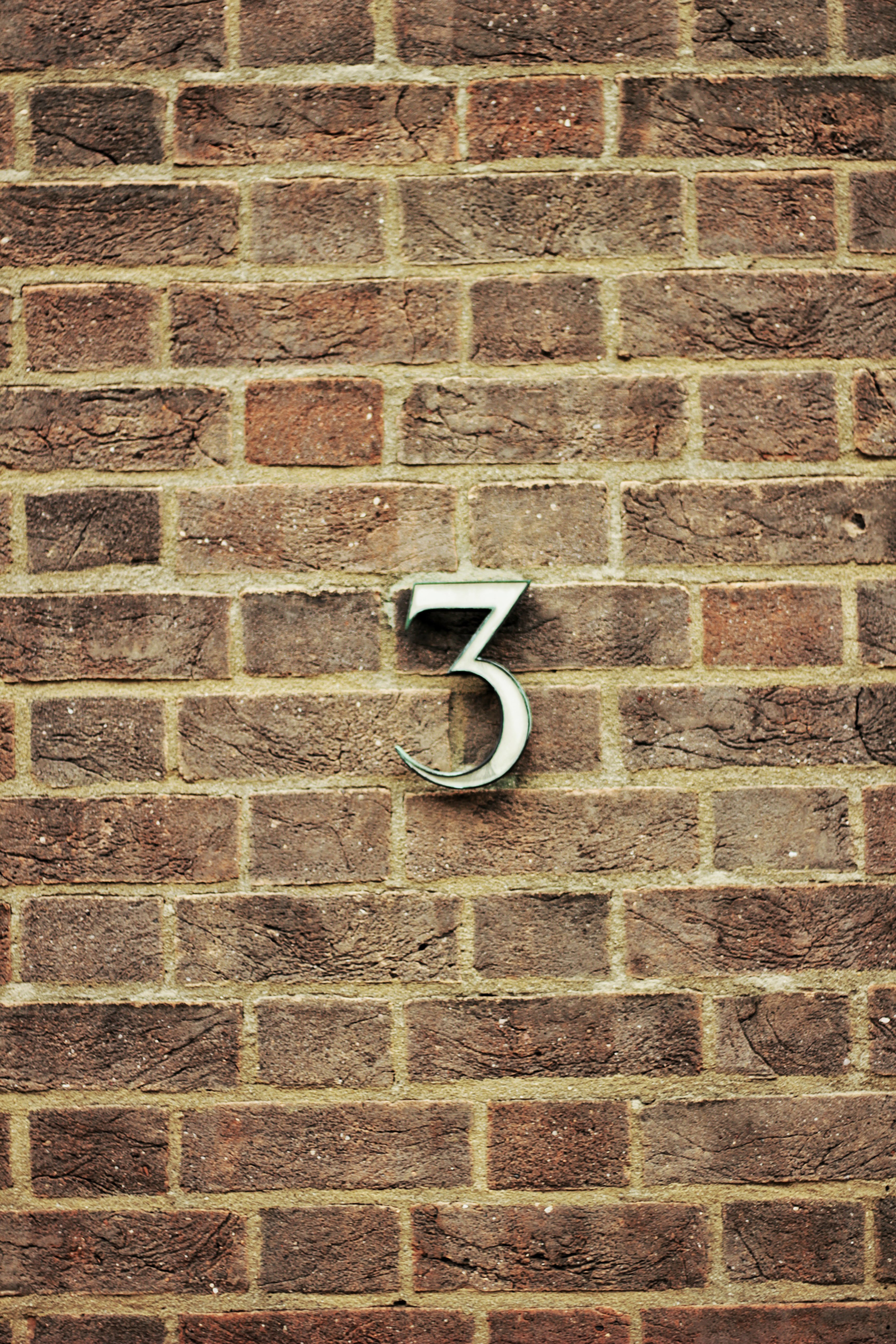
Beginning to draw the fieldwork together
By this stage you will have a fairly good idea of what you want students to gain from the fieldwork and the kind of activities you want them to take part in. The next stage is to plan in more detail what the fieldwork day will look like. Start by giving each task a time frame, including the time it will take to walk between field sites and the time it will take to establish tasks and give instructions in the field. Next think about time needed for lunch (if necessary) and toilet stops. Put together a plan of the day, similar in style to a traditional lesson plan with timings for each stage of the fieldwork and reasonable start and finish times given the need to travel to and from the field site and the school. It is unlikely this will all fit together perfectly on the first attempt, so plan and re-plan until everything is included with enough contingency time spare in case of traffic or unexpected events delaying stages.
Next, start to plan how the fieldwork will continue to inform learning after the event itself. Think about what ‘products of assessment’ you would like students to produce with the data. This could be a chaptered report going through the enquiry process in detail, a video diary documenting the day, a series of exercises in a workbook, or an attempt at past examination questions centred on investigative fieldwork. Check that the fieldwork experience you have put together thus far allows students to achieve this intended outcome.
It is a good idea at this stage to spend some time researching the fieldwork location through secondary data sources. Not only will this provide you with contextual information about the place, but it will also create a bank of data and evidence on which students themselves can draw either as part of the enquiry process itself or as scene-setting information prior to visiting the site. It can help students to establish their own hypotheses as well as understand why certain conclusions may be made about the site. This is especially important when students are visiting a site with which they are unfamiliar.
Imagine the field site and the tasks and activities through the eyes of a young and inexperienced geographer and think about what additional geographical knowledge and understanding they will need to know before they can access the fieldwork experience fully. This may involve the teaching or revision of key geographical concepts, theories or models in the lessons leading up to the fieldwork, something that may have to be put into the taught content plans for the department. Equally it may be necessary to introduce students to certain pieces of field equipment and set aside some lesson time to practice using them before they ‘go live’ in the field. There will inevitably need to be some lesson time going over the practical aspects of the fieldtrip such as what students should bring, wear and the expected standards of behaviour in the field too.
In summary:
-
Write a plan for the day, similar in style to a traditional lesson plan, with timings and activities clearly established.
-
Think about what you want students to do with the fieldwork experience afterwards, be this a chaptered write up of the enquiry or working through exam-style questions in a workbook.
-
Research secondary data that might complement your visit to the fieldwork location and think about how you, and students, might use this.
-
Consider what theoretical and background knowledge students will need to know and understand prior to going out on the fieldtrip, and whether there is the time and means to achieve this.
Go to next section: Preparation Checklist

